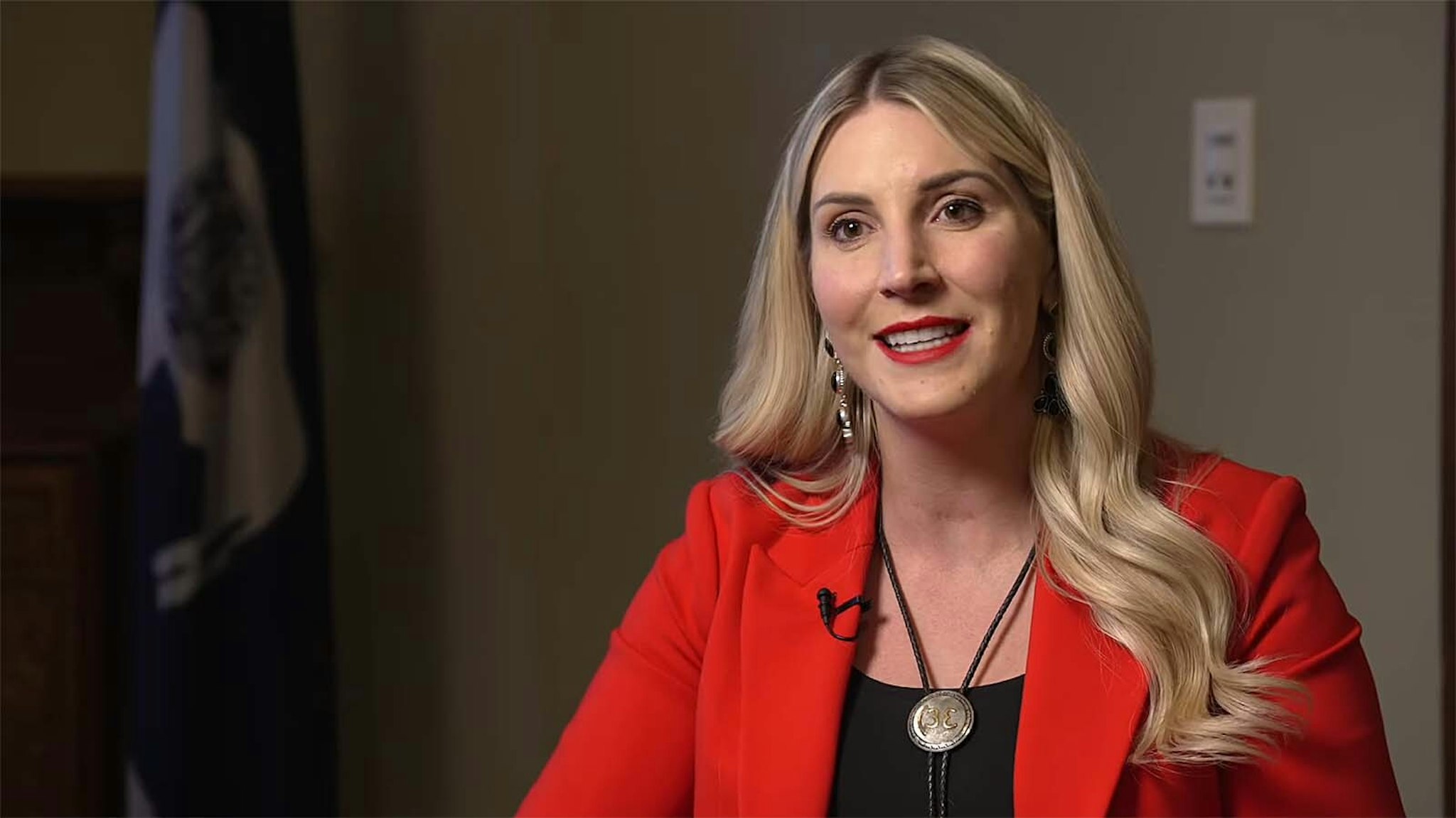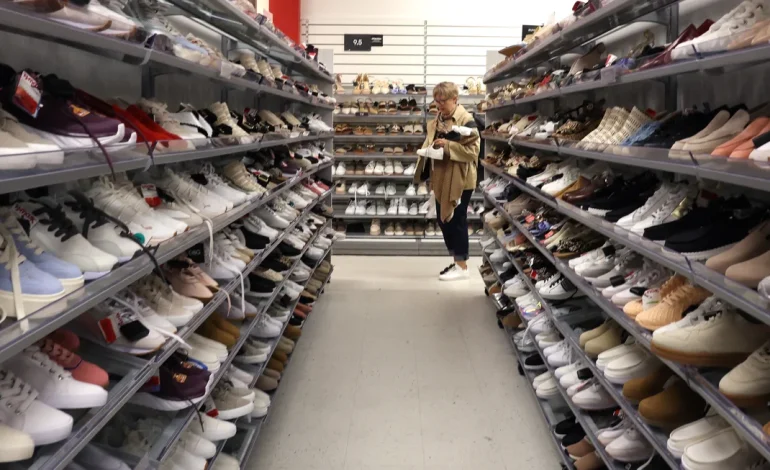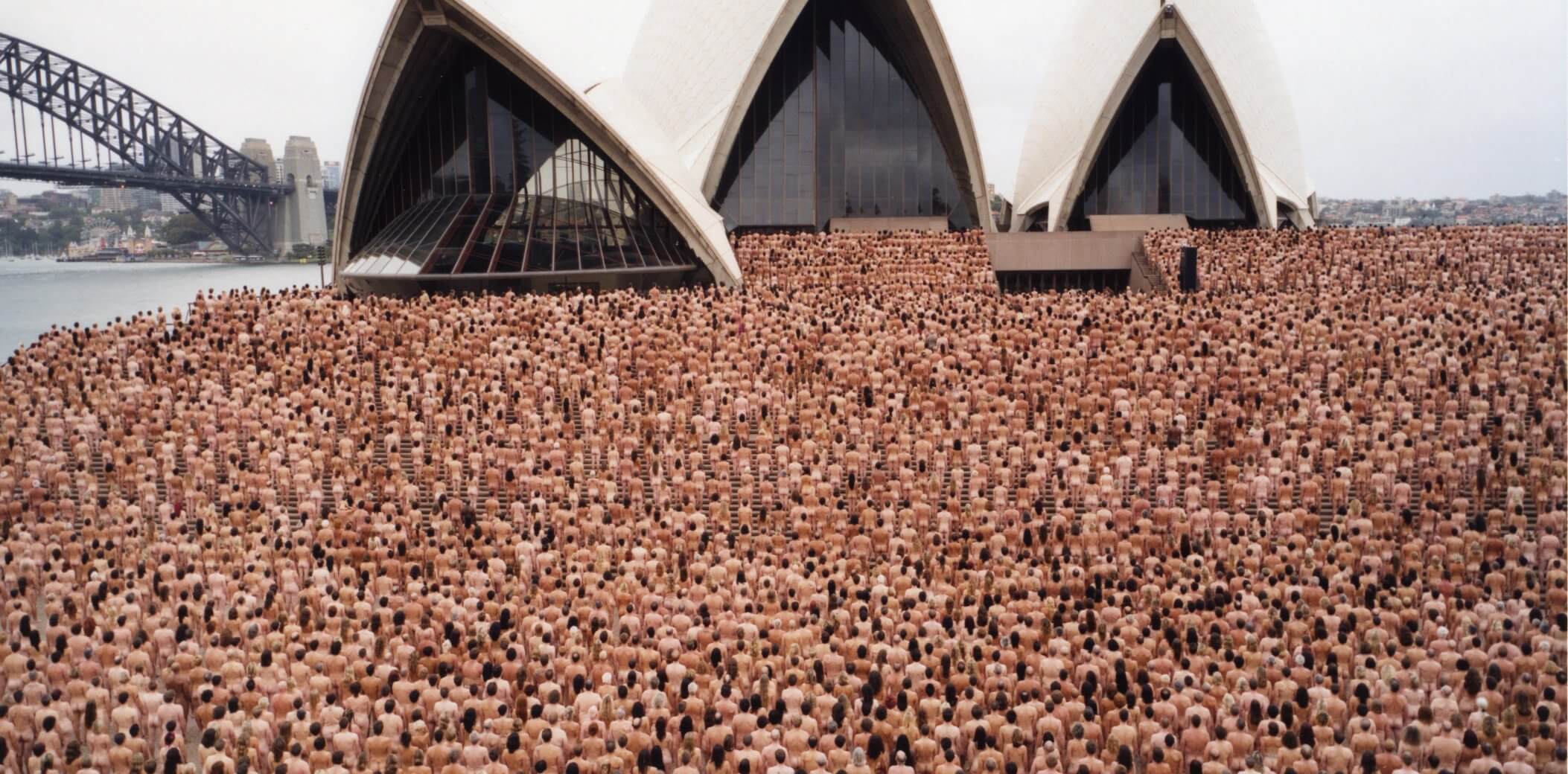As the United States imposes new tariffs under President Donald Trump’s trade policies, American consumers are beginning to feel the ripple effects in their closets — particularly when it comes to everyday essentials.
The apparel industry is among the sectors most heavily impacted by the latest round of tariffs. Under the updated trade rules, all imported goods face a minimum 10% tax, while imports from China — the US’s largest source of clothing — are subject to a steep 145% tariff. Considering that 98% of clothing sold in the US is imported, and 22% comes from China alone, these measures are poised to significantly increase retail prices.
Experts say basic items — the $5 cotton T-shirt, the $10 multi-pack of socks, and the $25 sneakers — will see the sharpest price hikes. That’s because these staples are purchased year-round, forcing retailers to restock frequently and absorb tariff costs more often than with seasonal or luxury items.
“Consumers will continue to buy the basics even at higher prices,” explained Sheng Lu, professor of fashion and apparel studies at the University of Delaware. “That constant demand makes them more vulnerable to tariff-related price increases.”
The clothing industry’s reliance on low-cost manufacturing hubs like Vietnam and Bangladesh also leaves few alternatives. Domestic production cannot currently meet demand at competitive costs. According to the non-partisan Yale Budget Lab, consumers may see clothing prices rise by 65% and shoes by 87% within the next year. Over the long term, prices are projected to remain 25% and 29% higher, respectively.
The burden of higher clothing costs won’t be felt equally. Lower-income households spend a significantly larger share of their income on apparel and footwear. A report by Trade Partnership Worldwide found that the lowest-income households in America spend over three times as much of their income on clothing compared to the wealthiest.
Additionally, the upcoming removal of the “de minimis” tax exemption — which currently allows for tax-free imports of goods valued under $800 — will limit access to inexpensive clothing from popular platforms like Shein and Temu. This change is expected to impact lower-income zip codes the most, where almost half of such shipments are delivered.
“People with less disposable income are more dependent on low-cost basics,” said Margaret Bishop, an assistant professor at Parsons School of Design. “Tariffs, in this case, function like a regressive tax.”
While mass-market clothing faces steeper price hikes, luxury items will see a more modest increase. High-end goods like Italian leather handbags or Swiss watches — typically produced in Europe — are less affected by tariffs targeting Chinese imports. Moreover, luxury brands often have higher profit margins, allowing them to absorb or offset added costs more easily. Hermès, for instance, announced it will raise prices on its products beginning in May to compensate for tariff impacts.
In response to higher prices, more consumers are turning to secondhand fashion. Resale platforms like ThredUp, Poshmark, and The RealReal are seeing renewed interest, with app downloads rising for the first time in three years, according to Sensor Tower.
“Resale offers a tariff-free alternative that is also more affordable,” said Kristen Classi-Zummo, an analyst at market research firm Circana. “Shoppers who once sought vintage or collectible pieces are now using these platforms for everyday basics.”
Some analysts believe the secondhand market could help ease the pressure on consumers, though resale vendors may also face challenges if tariffs expand to include imported used goods. A coalition of companies and advocates is now lobbying for exemptions for recycled and pre-owned items.
Still, for now, resale seems poised to grow, especially among younger, budget-conscious, and environmentally aware consumers.
“I’d love to see this push people toward more mindful consumption,” said Norah Brotman, a college student who buys and sells secondhand clothing online.
CNN and the Associated Press contributed to this report.










The latest news in your social feeds
Subscribe to our social media platforms to stay tuned